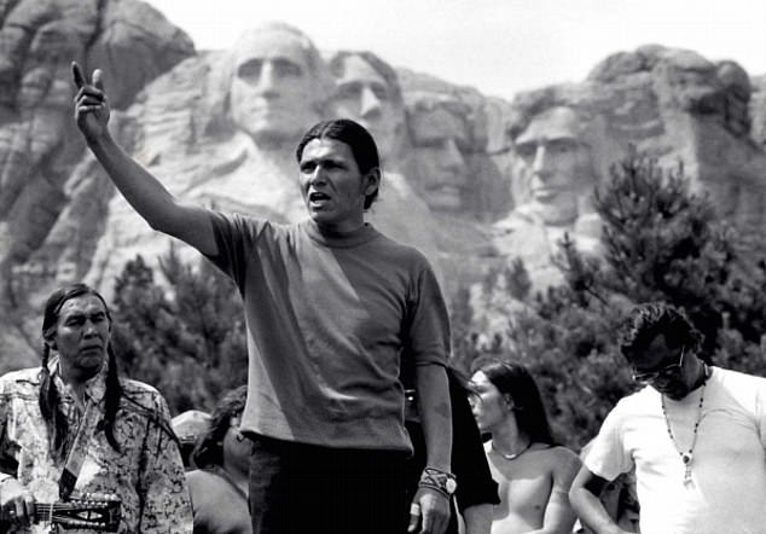by Alexander Sankey
Alexander is proud of his heritage and background from the Kiowa and Northern Arapaho tribes. He is a Junior at the University of Oklahoma and an intern for the EYA Summer 2020 Program.
Alexander is proud of his heritage and background from the Kiowa and Northern Arapaho tribes. He is a Junior at the University of Oklahoma and an intern for the EYA Summer 2020 Program.
Source: Indian Country Today
As a native person and a Christian, I am deeply passionate about understanding the struggles of Native Americans and responding to their needs from the perspective of my faith. The history of Mt. Rushmore, located in the Black Hills of South Dakota, is a prime example of this struggle. Prior to being called “Rushmore,” the mountain was named “The Six Grandfathers” by the Lakota Sioux, after the four directions, the Earth, and the Sky. Many Lakota people still travel there to gather medicines for prayer and to connect with creator at a spot that has been sacred for them for generations.
The Black Hills and the Six Grandfathers were originally listed as “unceded Indian territory” in the 1868 Treaty of Fort Laramie, but colonizers changed the treaty boundaries after discovering a small amount of gold in the Black Hills. In 1927, the sacred mountain was further desecrated when Gutzon Borglum was commissioned by the State of South Dakota to carve what is now known as Mt. Rushmore. Furthering the insult of desecrating a sacred site by carving into the mountain, Borglum had social and financial ties to white supremacist groups, and the Mt. Rushmore project was funded in part by the Ku Klux Klan, with which Borglum had sympathies.
Each of four men memorialized at Mt. Rushmore deserves credit in building this country, but each man has a blemished past when it comes to people of color. Untangling the history of Mt. Rushmore helps us to understand why many native people view the memorial as a symbol of white supremacy. What most non-indigenous people do not know is that every time this carving is celebrated, the oppression of indigenous people is ignored and the pain of the native peoples that call this area home is increased.
Jesus taught us that we must love our neighbor as ourselves (Mt 22:39). As people of faith, in order to manifest Jesus’ teachings, we must work towards reconciliation and justice and endeavor to heal these wounds. Only then, by being in right relationship with our “neighbor,” can we then be in right relationship with God.
The Black Hills and the Six Grandfathers were originally listed as “unceded Indian territory” in the 1868 Treaty of Fort Laramie, but colonizers changed the treaty boundaries after discovering a small amount of gold in the Black Hills. In 1927, the sacred mountain was further desecrated when Gutzon Borglum was commissioned by the State of South Dakota to carve what is now known as Mt. Rushmore. Furthering the insult of desecrating a sacred site by carving into the mountain, Borglum had social and financial ties to white supremacist groups, and the Mt. Rushmore project was funded in part by the Ku Klux Klan, with which Borglum had sympathies.
Each of four men memorialized at Mt. Rushmore deserves credit in building this country, but each man has a blemished past when it comes to people of color. Untangling the history of Mt. Rushmore helps us to understand why many native people view the memorial as a symbol of white supremacy. What most non-indigenous people do not know is that every time this carving is celebrated, the oppression of indigenous people is ignored and the pain of the native peoples that call this area home is increased.
Jesus taught us that we must love our neighbor as ourselves (Mt 22:39). As people of faith, in order to manifest Jesus’ teachings, we must work towards reconciliation and justice and endeavor to heal these wounds. Only then, by being in right relationship with our “neighbor,” can we then be in right relationship with God.
